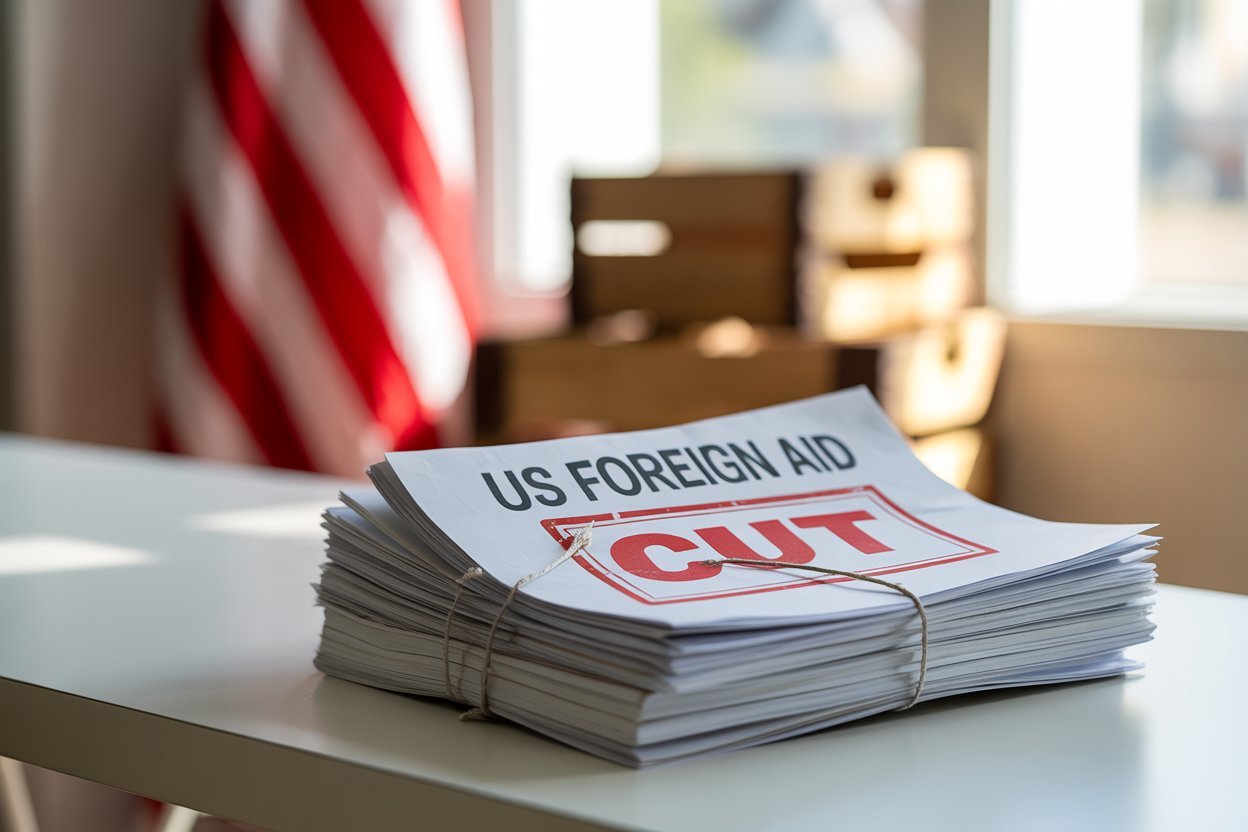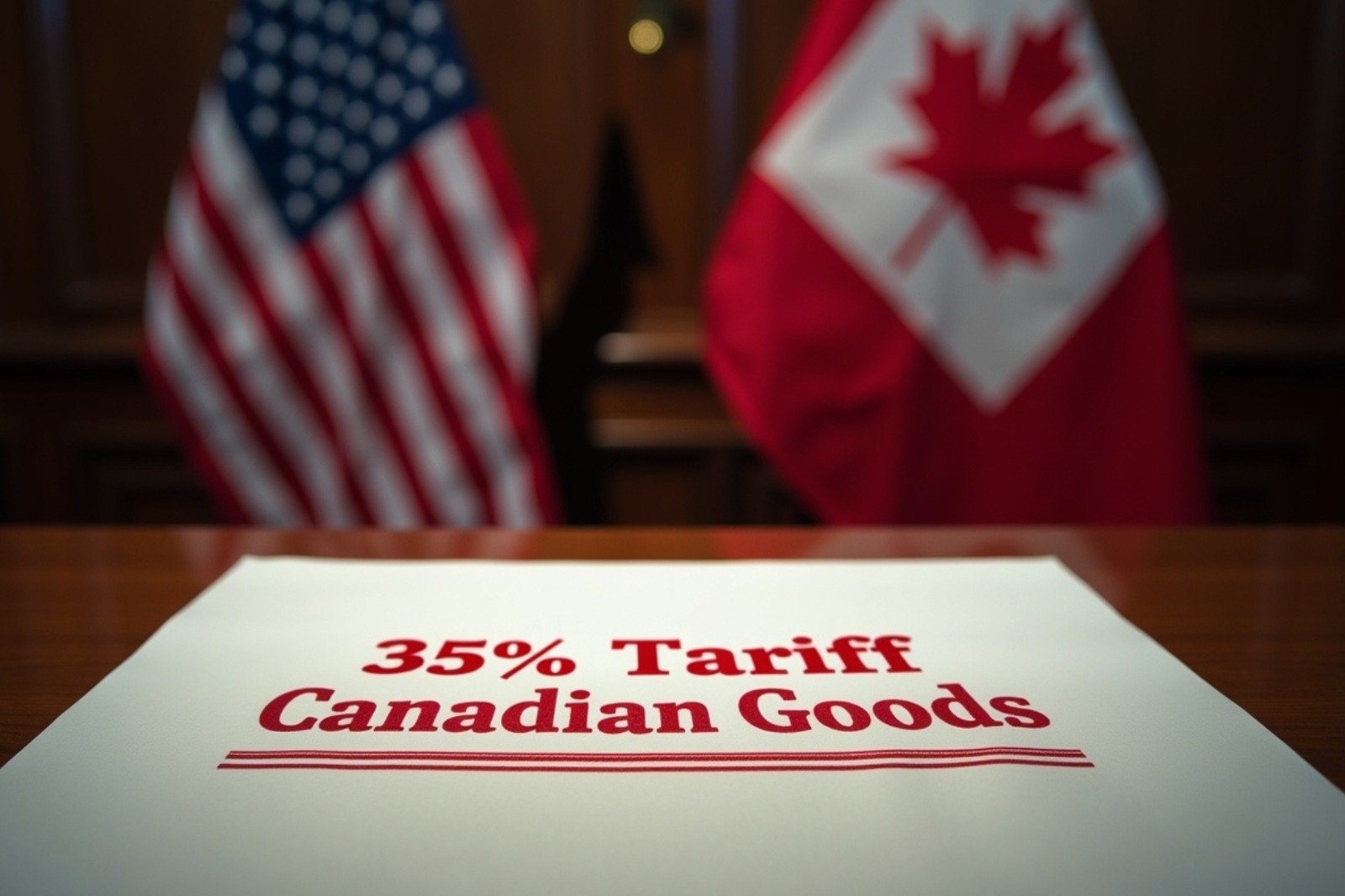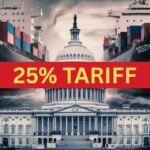- Home
- ScienceDiscover the latest updates from across the United States, including politics, culture, economy, and trending stories. Stay informed on the key events shaping the nation and the topics everyone’s talking about.
- EconomyOur Economy page provides comprehensive reporting on international financial systems, trade dynamics, development economics, and macroeconomic policy. Drawing on expert analysis and institutional data, we illuminate the interconnected nature of global markets and their real-world implications for governance and inequality.
- HealthWe examine global health issues through the lens of policy, access, equity, and innovation. From pandemics and healthcare infrastructure to mental health and biotechnological breakthroughs, our health reporting is rooted in empirical data, expert insight, and a commitment to understanding health as a cornerstone of human development.
- HistoryThis section revisits critical junctures in world history, emphasizing the relevance of historical events in shaping present-day global affairs. Through scholarly narratives and fact-anchored storytelling, we uncover the often-overlooked patterns, power structures, and human decisions that have left a lasting imprint on international relations and societies.
- PoliticsOur Politics section offers in-depth analysis of international political developments, ideological movements, and institutional shifts. With a focus on global governance, diplomacy, and geopolitical strategy, we provide nuanced reporting that transcends partisan narratives and situates events within their broader historical and structural contexts.
- War & ConflictThis section delivers meticulous coverage of international conflicts, civil wars, military strategies, and peace negotiations. We prioritize geopolitical context, long-term impact, and the role of state and non-state actors—eschewing sensationalism in favor of sober, historically informed analysis.
- TechnologyWe critically examine the global technology landscape—from artificial intelligence and cybersecurity to digital policy and ethical innovation. Our reporting focuses not just on what is being built, but why it matters: how technological change influences governance, economy, security, and human life on a planetary scale.
- Features
- Home
- ScienceDiscover the latest updates from across the United States, including politics, culture, economy, and trending stories. Stay informed on the key events shaping the nation and the topics everyone’s talking about.
- EconomyOur Economy page provides comprehensive reporting on international financial systems, trade dynamics, development economics, and macroeconomic policy. Drawing on expert analysis and institutional data, we illuminate the interconnected nature of global markets and their real-world implications for governance and inequality.
- HealthWe examine global health issues through the lens of policy, access, equity, and innovation. From pandemics and healthcare infrastructure to mental health and biotechnological breakthroughs, our health reporting is rooted in empirical data, expert insight, and a commitment to understanding health as a cornerstone of human development.
- HistoryThis section revisits critical junctures in world history, emphasizing the relevance of historical events in shaping present-day global affairs. Through scholarly narratives and fact-anchored storytelling, we uncover the often-overlooked patterns, power structures, and human decisions that have left a lasting imprint on international relations and societies.
- PoliticsOur Politics section offers in-depth analysis of international political developments, ideological movements, and institutional shifts. With a focus on global governance, diplomacy, and geopolitical strategy, we provide nuanced reporting that transcends partisan narratives and situates events within their broader historical and structural contexts.
- War & ConflictThis section delivers meticulous coverage of international conflicts, civil wars, military strategies, and peace negotiations. We prioritize geopolitical context, long-term impact, and the role of state and non-state actors—eschewing sensationalism in favor of sober, historically informed analysis.
- TechnologyWe critically examine the global technology landscape—from artificial intelligence and cybersecurity to digital policy and ethical innovation. Our reporting focuses not just on what is being built, but why it matters: how technological change influences governance, economy, security, and human life on a planetary scale.
- Features
Now Reading: 2025 US Aid Cuts Spark Global Shockwaves
-
01
2025 US Aid Cuts Spark Global Shockwaves
- Home//
- Science//Discover the latest updates from across the United States, including politics, culture, economy, and trending stories. Stay informed on the key events shaping the nation and the topics everyone’s talking about.
- Economy//Our Economy page provides comprehensive reporting on international financial systems, trade dynamics, development economics, and macroeconomic policy. Drawing on expert analysis and institutional data, we illuminate the interconnected nature of global markets and their real-world implications for governance and inequality.
- Health//We examine global health issues through the lens of policy, access, equity, and innovation. From pandemics and healthcare infrastructure to mental health and biotechnological breakthroughs, our health reporting is rooted in empirical data, expert insight, and a commitment to understanding health as a cornerstone of human development.
- History//This section revisits critical junctures in world history, emphasizing the relevance of historical events in shaping present-day global affairs. Through scholarly narratives and fact-anchored storytelling, we uncover the often-overlooked patterns, power structures, and human decisions that have left a lasting imprint on international relations and societies.
- Politics//Our Politics section offers in-depth analysis of international political developments, ideological movements, and institutional shifts. With a focus on global governance, diplomacy, and geopolitical strategy, we provide nuanced reporting that transcends partisan narratives and situates events within their broader historical and structural contexts.
- War & Conflict//This section delivers meticulous coverage of international conflicts, civil wars, military strategies, and peace negotiations. We prioritize geopolitical context, long-term impact, and the role of state and non-state actors—eschewing sensationalism in favor of sober, historically informed analysis.
- Technology//We critically examine the global technology landscape—from artificial intelligence and cybersecurity to digital policy and ethical innovation. Our reporting focuses not just on what is being built, but why it matters: how technological change influences governance, economy, security, and human life on a planetary scale.
- Features//
2025 US Aid Cuts Spark Global Shockwaves
Emma BarnesEconomyJuly 17, 202520 Views

On July 17, 2025, the U.S. Senate narrowly approved a $9 billion rescission package, including ≈ $8 billion in foreign aid cuts. Passed 51–48, the legislation rescinds funding for numerous global development and humanitarian programs, escalating concerns over rising health crises, geopolitical shifts, and America’s international credibility. This article analyzes the far-reaching economic and diplomatic fallout of the “US foreign aid cut 2025” and what it means for global governance.
What US Exactly Was Cut—and Why?
Senate Republicans pushed the rescission as part of President Trump’s fiscal strategy, seeking to curb spending on foreign aid and public broadcasting. The package reallocates approximately $7.9–8.3 billion from development and humanitarian aid and $1.1 billion from public media programs. Despite an amendment preserving $400 million for PEPFAR, the legislation advances to the House with concerns over transparency and oversight.
Immediate Economic & Public Health Impact

Humanitarian and Health System Fallout
U.S. foreign aid supports critical programs in lower- and middle-income countries. For example, it accounts for nearly 49% of global TB funding, preventing millions of deaths annually. Early data estimates show over 10,500 additional TB deaths and 13,400 new infections since the aid freeze in January 2025. USAID’s global health workforce shrank from 783 to fewer than 70 staff, with over 200,000 expected cases of polio and millions of malaria infections as consequences.
Countries in Africa such as South Africa, Kenya, and Uganda report disrupted HIV/AIDS treatment, halted immunization drives, and layoffs in healthcare sectors. Maternal and child health services in Ethiopia, Nigeria, and Nepal are seeing a 15% drop in immunization rates.
Development Aid & Economic Stability
Many countries rely on U.S. funding for poverty alleviation, infrastructure, and education. UN agencies like UNHCR and IOM face budget reductions, forcing project cancellations and staffing cuts. Save the Children has reportedly closed essential nutrition centers in Somalia due to lost funding. Without USAID co-financing, multi-donor projects risk collapse, reducing development leverage across fragile states.
US Diplomatic Fallout & Soft Power Loss
Shifting Alliances and Influence
Countries heavily dependent on U.S. aid—Jordan, Egypt, Yemen, Sudan—are turning to China, Gulf states, and Russia for financial relief. China’s Belt and Road Initiative and Gulf investments are gaining ground in the power vacuum.⁺⁸⁺⁹ Expanding influence from India, South Korea, and Australia marks a shift in global donor dynamics.
Erosion of U.S. Soft Power
Foreign aid has long reinforced U.S. soft power. Its withdrawal signals declining leadership in global health and humanitarian missions. Critics argue the Senate’s unilateral move undermines bipartisanship, limits U.S. credibility, and increases risk of future budget brinkmanship.
Read Our Previous Analysis:
Trump Threatens 35% Tariff on Canadian Goods
Trump Imposes 50% Tariff on Brazil Over Bolsonaro Case
U.S. 25% Tariffs on Japan, South Korea Shake Trade
US Long-Term Consequences & Future Outlook
Rising Humanitarian Toll
Studies predict that by 2030, around 14 million preventable deaths (including 4.5 million children under five) could result from U.S. aid cuts, equivalent to losing lives in a major war or pandemic. PEPFAR reductions alone may lead to 10.7 million new HIV infections—and millions of deaths. These shocks threaten decades of global health progress.
Global Funding Gaps & Strategic Realignment
Western countries like Germany, the UK, and Belgium are also trimming aid budgets, compounding the crisis. Emerging donors such as Korea, India, Australia, and the EU are scaling up aid to fill the gaps. Yet UN agencies remain underfunded, and weak coordination risks eroding multilateral support frameworks.



























